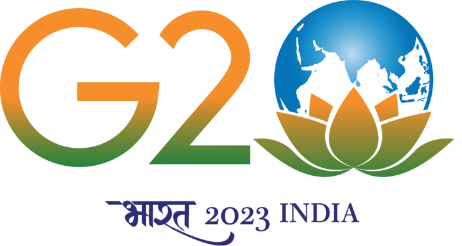Interface Engineering in La0.7Sr0.3MnO3/ZnO Heterostructures Integrated on Si for Spin Manipulation
தேதி1st Dec 2021
Time03:00 PM
Venue Online: https://meet.google.com/pse-gcxq-nwh
PAST EVENT
Details
Herbert Kroemer fabulized the turn of the phrase “the interface is the device”. The manganite/wurtzite heterostructure has received the attention of physicists to realize the physical phenomena like magnetoresistance (MR), rectification, ultraviolet photovoltaic application, and photocarrier injection effect. We proposed to manipulate the interfacial spin in (00l) oriented La0.7Sr0.3MnO3(LSMO)/ZnO heterostructure grown on Si. A series of (00l) oriented LSMO/ZnO heterostructures with 120 Å thick LSMO and different thickness of ZnO were grown on (001) oriented Si at 700 ℃ using the RF magnetron sputtering technique. The Curie temperature (TC ~326 K) of LSMO film is decreased by 30 K after growing a ZnO layer on it and independent of ZnO layer thickness. The surface roughness increases and the band gap of ZnO of LSMO/ZnO heterostructures decreases with an increase in the ZnO layer thickness. The density of states (DOS) calculations show the occurrence of charge transfer at the Si-LSMO interface, causing the interfacial antiferromagnetic coupling (IAC), but the charge transfer at the LSMO-ZnO interface is very small. Even though the LSMO is a well-known material for its colossal MR, the Si-LSMO interface induces positive MR, and the Si/LSMO exhibits both positive and negative MR. The manipulation of spin by adding the ZnO layer on the LSMO suppresses the positive MR and enhances the negative MR. The presence of charge transfer induced IAC at Si-LSMO interface and spin-orbit coupling due to the presence of non-collinear Mn ions spins justifies the positive MR of Si/LSMO. However, the magnetic scattering at the ZnO-LSMO interface suppresses the effect of spin-orbit coupling and enhances the negative MR in Si/LSMO/ZnO heterostructures. The out-of-plane negative MR increases with an increase in ZnO thickness. Interface states and donor states have been noticed in the ZnO of LSMO/ZnO heterostructures at high temperatures from the differential conductance (dI/dV). These hosts of observed interesting physical properties, which are the intriguing phenomena in modern spintronics-based devices, and their tunability could pave the way for new technology. The research was published in the following journals and recognized in the following international conferences.
• B. Das and P. Padhan (2019) Appl. Phys. Lett. 115, 222401.
• B. Das and P. Padhan (2021) Nanoscale 13, 4871-4879.
• Institute Research award 2020-2021 (Jul-Nov), Indian Institute of Technology Madras, Chennai, India.
• Best paper presentation in the conference “International Conference on Advanced Physics (IEMPHYS 2021)”.
• Best paper presentation in the conference “International Conference on Thin Films and Nanotechnology: Knowledge, Leadership, and Commercialization (ICTN-KLC 2021)”.
• Best paper presentation in the conference “International Conference on Energy and Advanced Materials (ICEAM-2021)”.
Speakers
Mr. BIBEKANANDA DAS, (PH16D004)
Department of Physics

